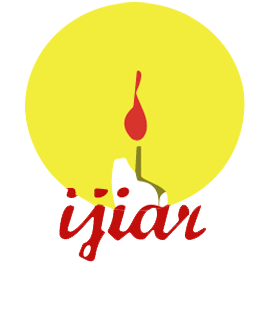THE IMPACT OF DARFUR CONFLICTS ON THE SOCIO-ECONOMIC CHARACTERISTICS OF THE RESPONDENTS AND INCOME GENERATING ACTIVITIES IN CENTRAL DARFUR STATE – SUDAN.
- Department of Agricultural Economics, Faculty of Agriculture, University of Zalingei, Zalingei, Central Darfur State, Sudan.
- Department of Agricultural Economics, college of Agricultural Studies, Sudan University of Science and Technology, Shambat, Khartoum North, Sudan.
- Department of Agricultural Economics, Faculty of Agriculture, University of Khartoum, Shambat, Khartoum North, Sudan.
The study was conducted in Central Darfur State (CDS) in 2015 to examine the impact of recent Darfur conflicts on the socio economic factors and income generating activities of the different livelihoods groups living in the study area. To achieve this goal, a multi - stage random sampling technique was applied to draw the sample size from the target population. Accordingly, 202 respondents were selected by virtue of the so-called the Attribute Sample Size techniques. A mixture of both quantitative and qualitative methods were used to collect the data on target population, but depending mainly on structured questionnaire. Respondents were asked to give direct information about their socio-economic characteristics, their income source, other livelihoods strategies and the influence of the conflicts on the everyday life of IDPs, nomads, rural and urban settlements. The data collected for, three time periods, were examined, the first period (2000) represents the situation before the conflict. The second period (2006) represents the severe situation after the conflicts were erupted, whereas the last period (2012) represents the situation in which IDPs start to return voluntarily after Darfur peace agreement signed in Doha in 2011 after which people enjoyed comparative peace and security conditions became comparatively conducive for undertaking economic activities. The socio-economic characteristics examined include, sex of the household head, education level, marital status and family size, residence of the respondents, security and economic activities, land ownership and utilization, livestock ownership, economic activities and household annual income. Descriptive analysis including percentage, averages, were compared to reveal the impact of the current conflicts on these variables and on the income generated as well as other livelihood strategies in the study area.
Department of Agricultural Economics, Faculty of Agriculture, University of Zalingei, Zalingei, Central Darfur State, Sudan
Share this article
